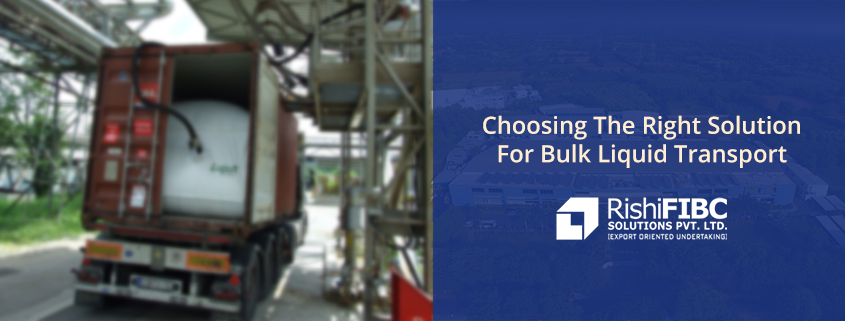Choosing The Right Solution For Bulk Liquid Transport
Bulk liquid transportation is a significant sector in merchandise/freight transportation industry. It is key to choose the correct method in accordance to the typology of product, origin of product and its destination while also stressing on the reliability and economic viability of method.
Flexitanks and ISO Tank containers are two popular methods of bulk liquid transport.
ISO tanks are made of stainless steel. They are built with a manhole on top with one valve and another valve on bottom. They are usually cylindrical in shape with possible lining to lessen wear and corrosion due to contents but don’t have disposable bladder of flexitanks. They have the ability to carry twenty to forty thousand litres approximately and have up to six compartments. With cleaning and maintenance they may have a long lifespan. ISO tanks require constant inspection and strict sanitation procedures.
Flexitanks or flexibags are collapsible, flexible and hermetic sealed bag which when full fits inside the container thus making the tank a flexitank. Additional heat pads can be used to prevent thickening of liquids during transport with further provisions of refrigeration etc. They come in a variety of sizes. Due to their flexibility they are cost effective as they expand to fill any size container. Time is saved through use of flexibags as loading and unloading of liquids conducted much easily, while minimising loss of product. The bladders are of one time use and do not have much hassle regarding sanitation and maintenance as compared to ISO tanks.
In general ISO Tanks are the preferred industry method currently but flexitanks are gaining momentum in the industry due to the various advantages it has over ISO Tanks.
- Distribution and supply of ISO tanks have various conditions which are strenuous for customer and they have significantly higher loading and discharging costs.
- Flexitanks are smaller and provide more flexibility to customer with safe and easy loading and unloading
- For similar maximum capacity the shipping freight for flexitank is much lower
- ISO Tanks are more limited in number and are generally less available than flexitanks.
- ISO tanks have cleaning, rental and return charges while flexitanks have none.



